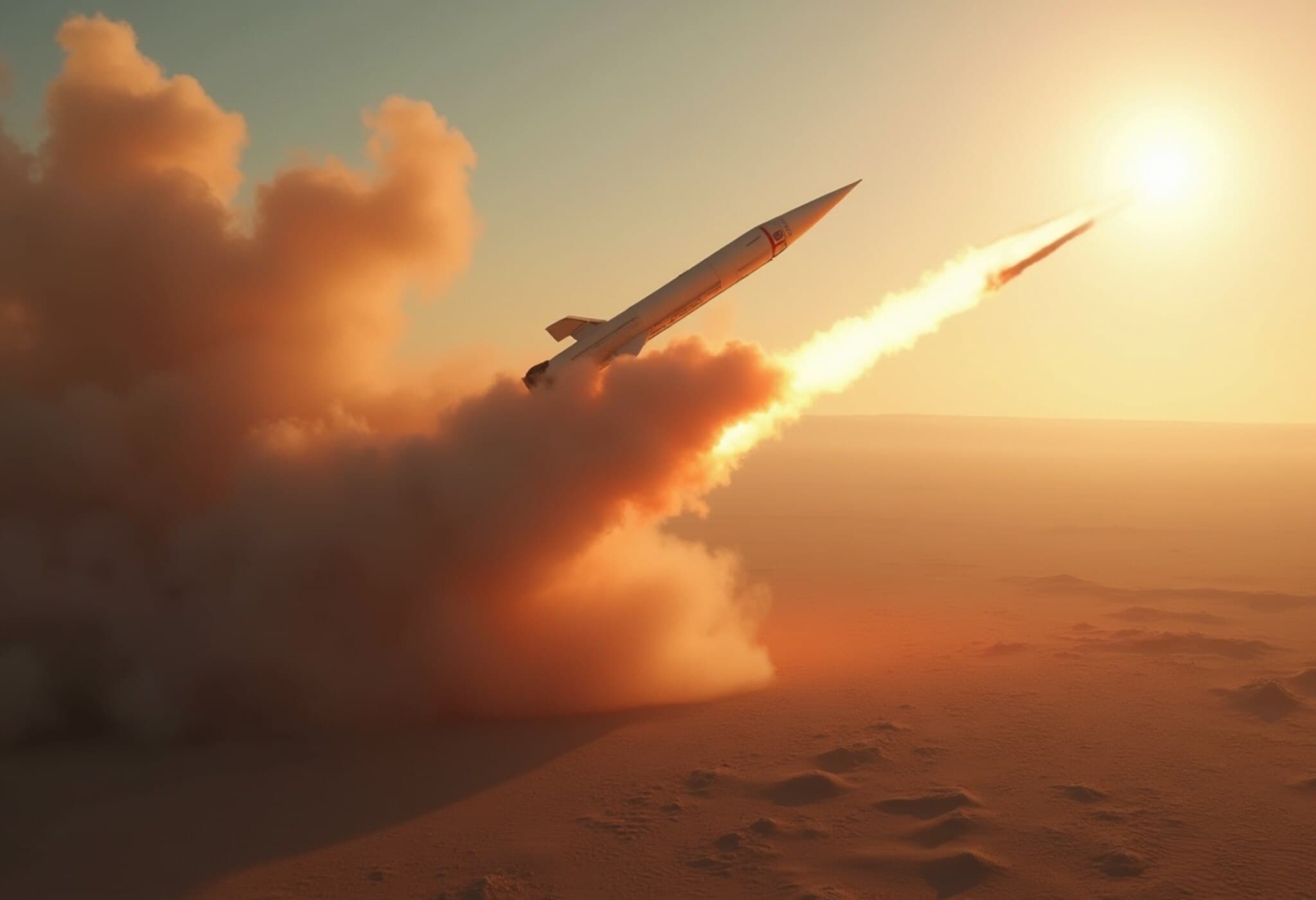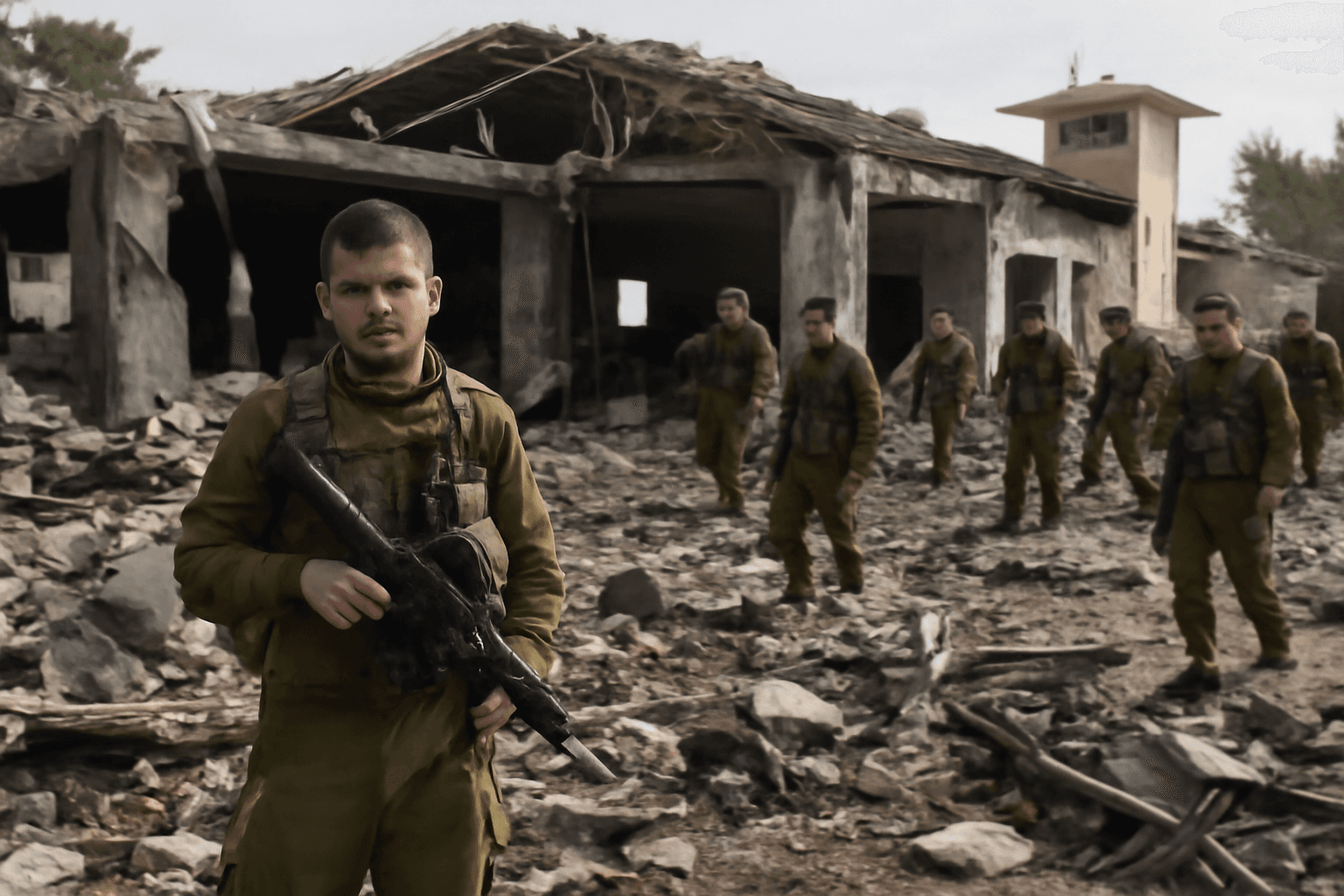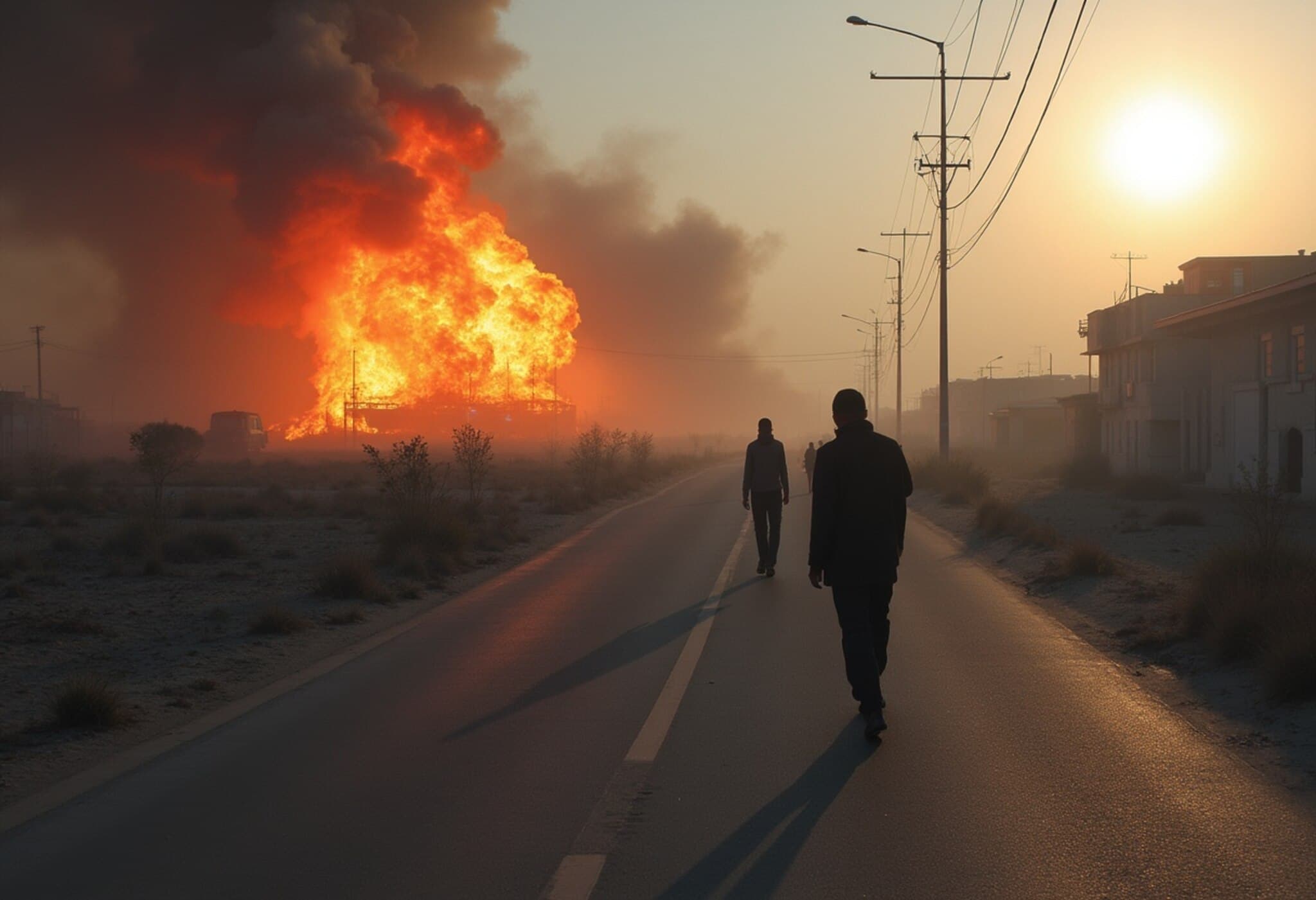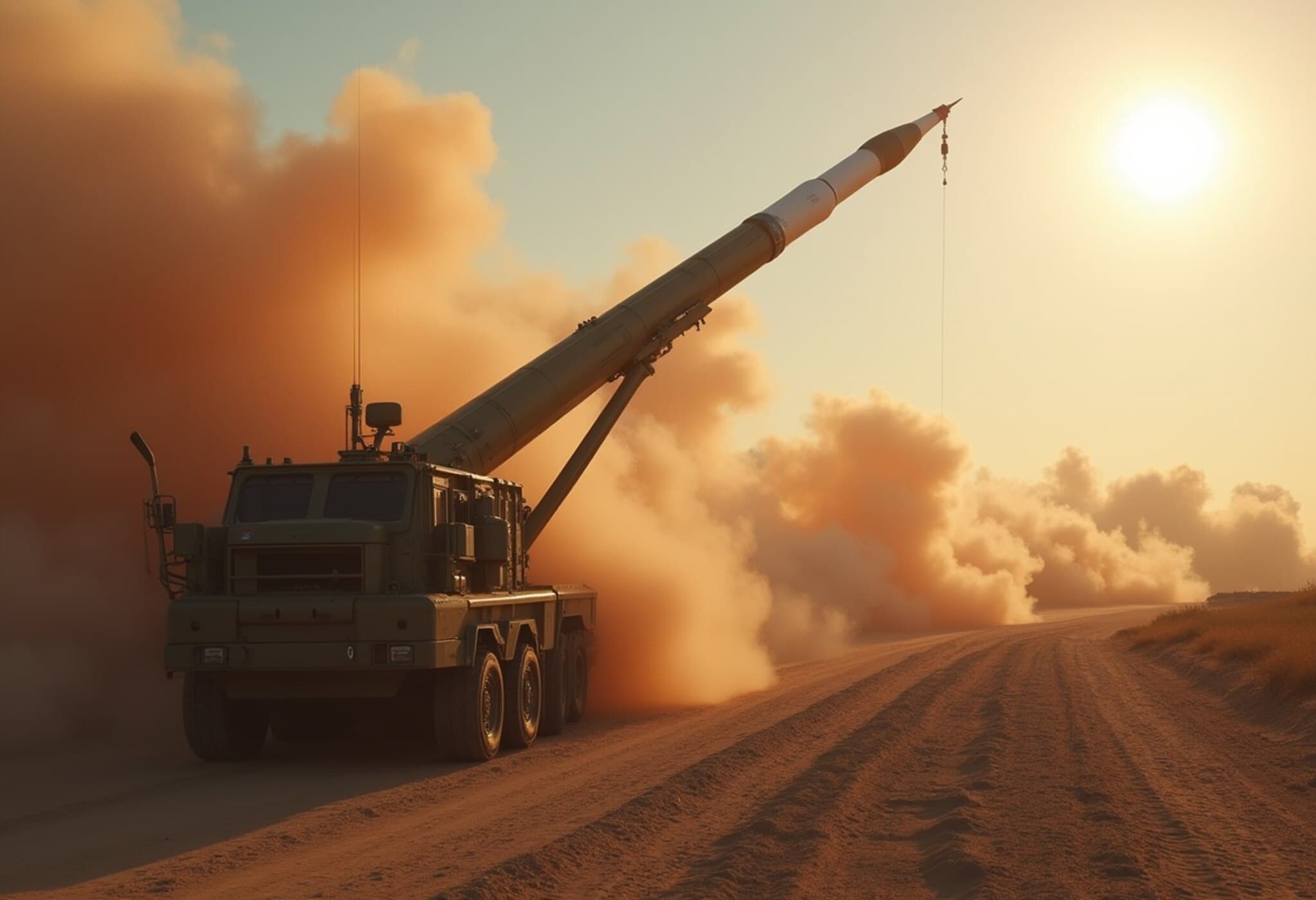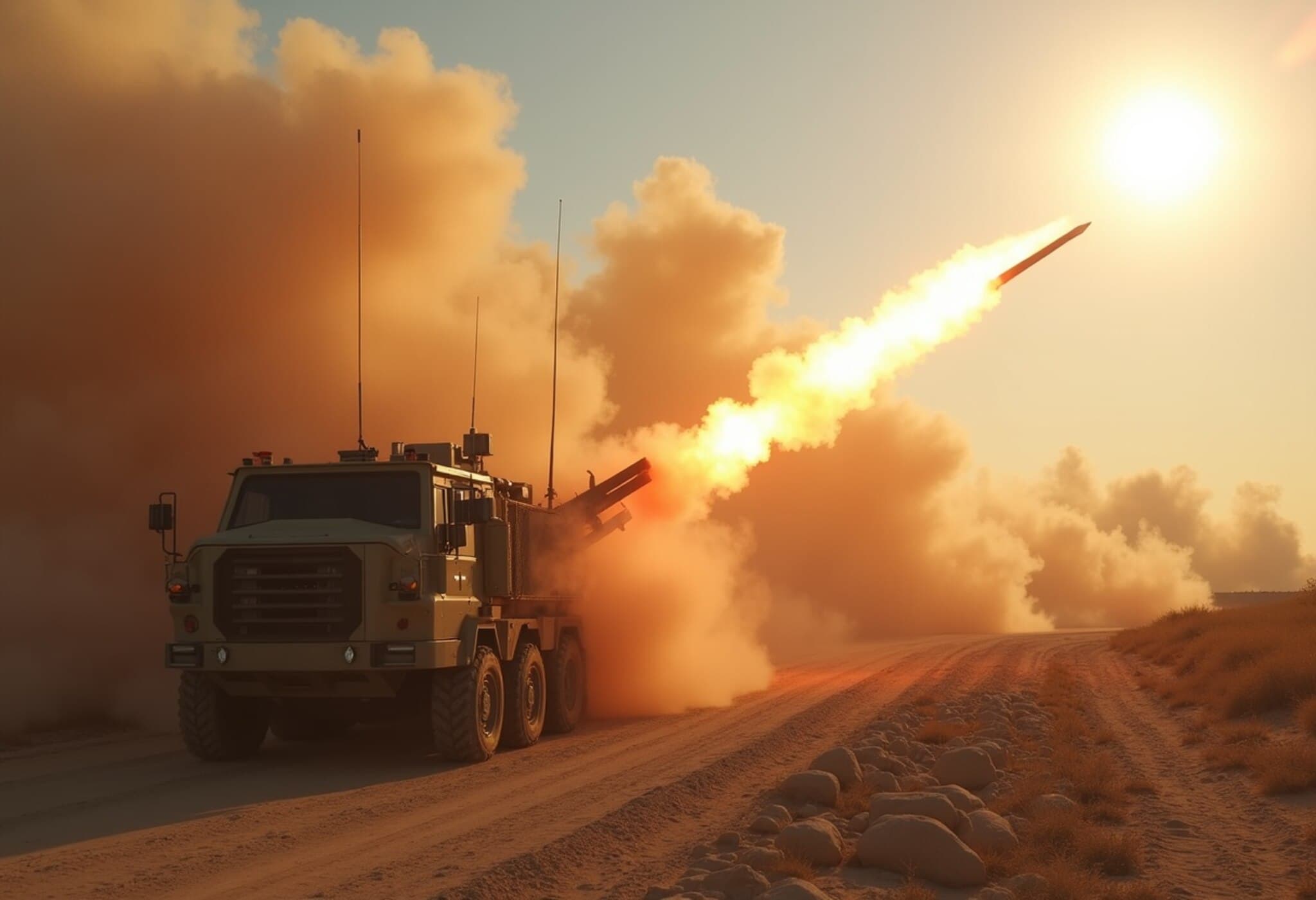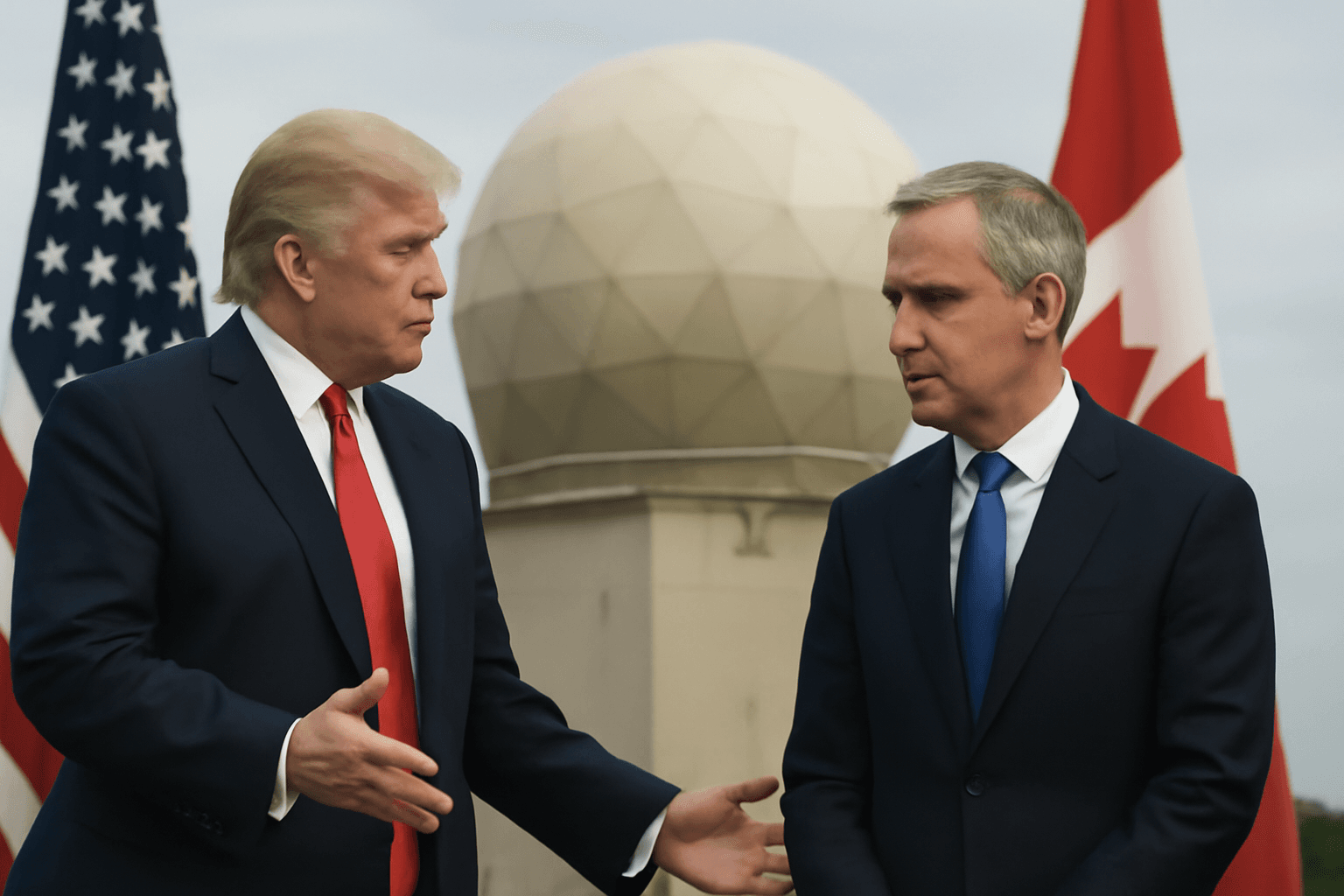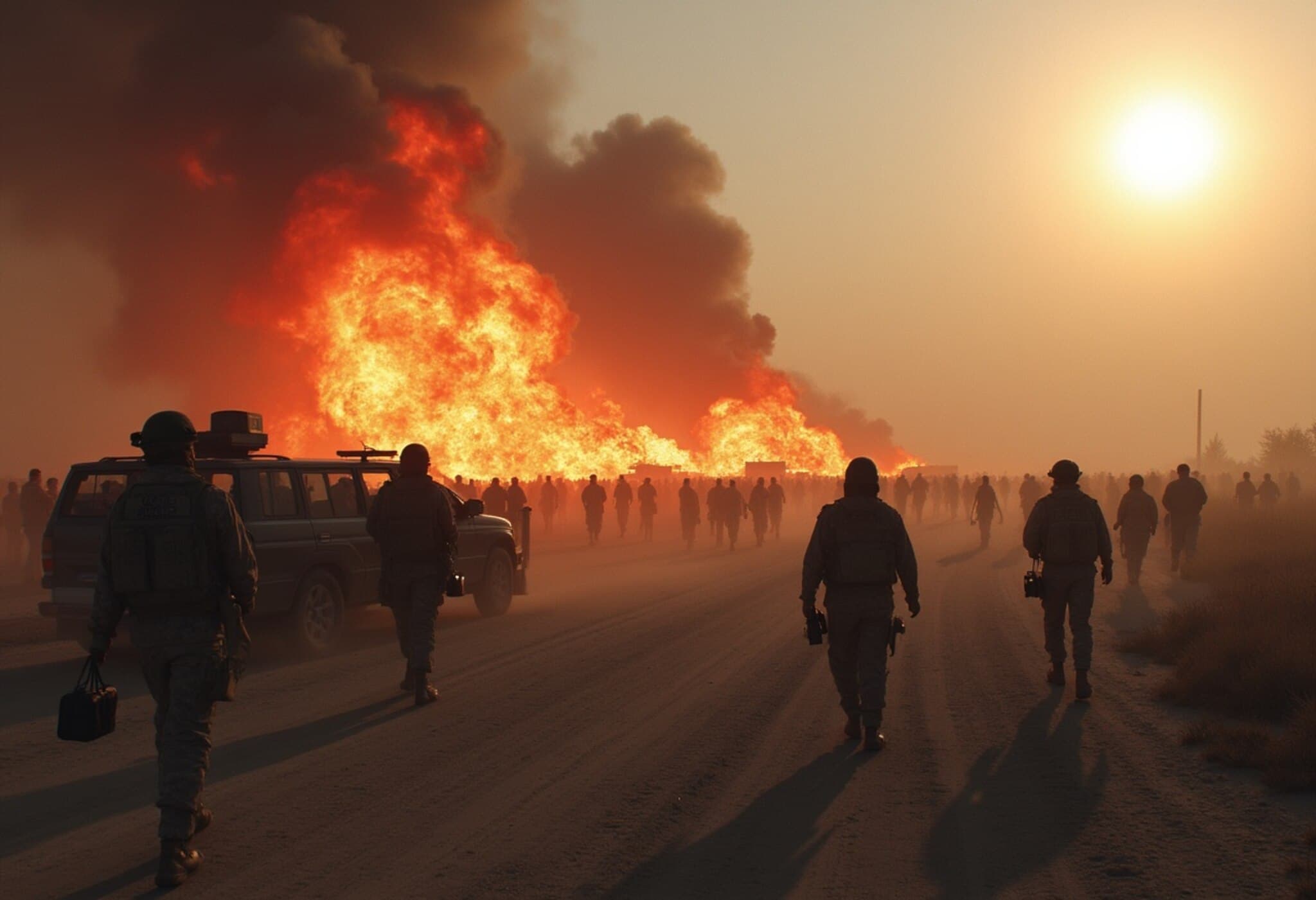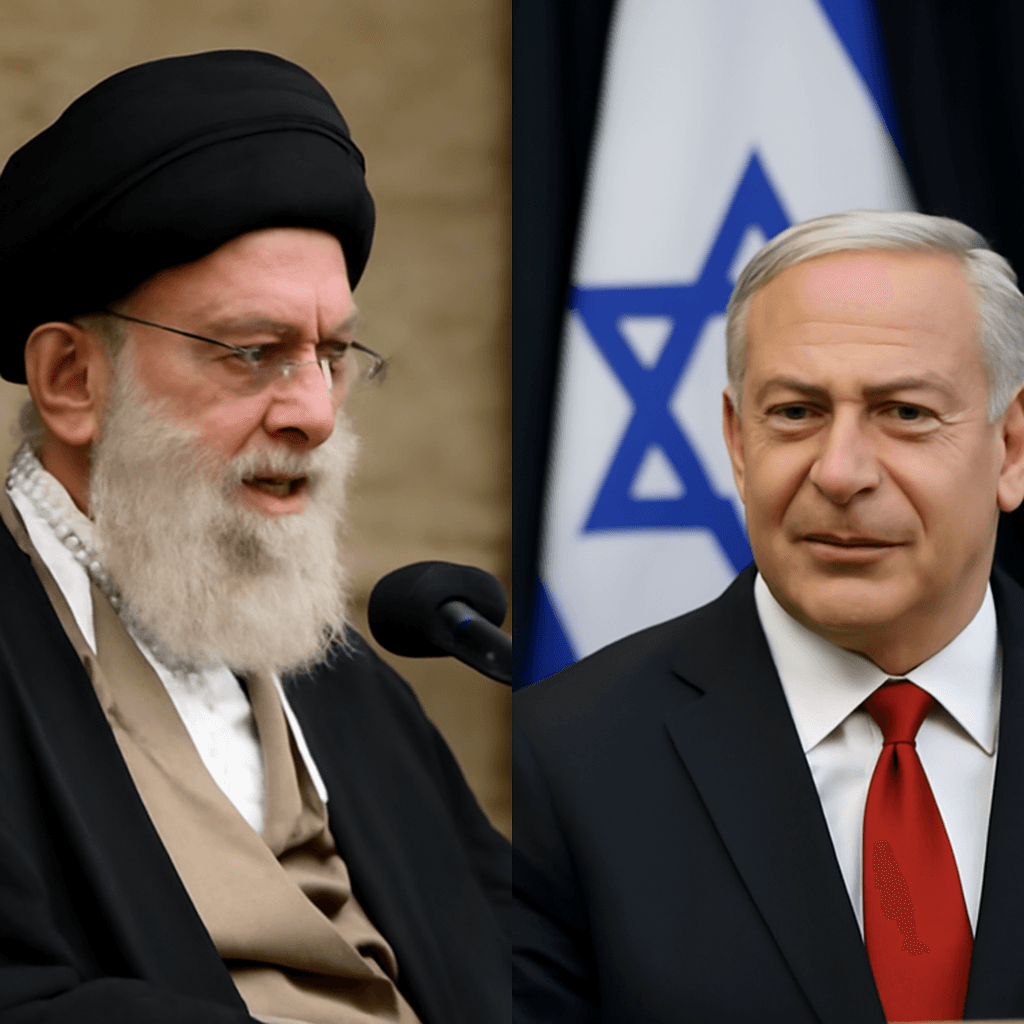Iran Deploys Fattah-1 Hypersonic Missile Against Israel Amid Rising Tensions
In a significant escalation of the ongoing conflict, Iran has reportedly launched its Fattah-1 hypersonic missile at Israeli targets. This move underscores Tehran’s commitment to intensify its military operations using advanced weaponry capable of piercing through the most sophisticated missile defense systems.
What Sets the Fattah-1 Apart?
Unveiled in 2023 and named by Iran’s Supreme Leader, the Fattah-1 represents the country's first foray into hypersonic missile technology. It boasts a sleek design measuring approximately 12 meters in length and is propelled by a solid-fuel, single-stage engine.
One of the missile’s critical features is its hypersonic glide vehicle (HGV) warhead, which enables it to travel at speeds reaching up to 17,900 kilometers per hour. This velocity ensures it can outpace enemy defenses such as Israel’s renowned Iron Dome and Arrow missile interception systems.
With a striking range of up to 1,400 kilometers and a payload capacity carrying 200 kilograms of explosives, the Fattah-1 is designed to deliver precise and devastating attacks. Experts describe its warhead as being mounted on a maneuverable reentry vehicle, allowing it to alter course mid-descent and evade interception.
Understanding Hypersonic Missiles
Hypersonic missiles move at speeds exceeding Mach 5—five times the speed of sound—making them incredibly difficult to track and neutralize. Unlike conventional ballistic missiles, hypersonic weapons can maneuver mid-flight within Earth’s atmosphere, further complicating defense efforts.
While many ballistic missiles briefly achieve hypersonic speeds during their terminal phase, the distinct capability of hypersonic glide vehicles to adjust their trajectory is what sets them apart and elevates their threat level.
Recent Conflict Developments
The latest missile strike follows a series of Iranian offensives, including the previous use of dozens of Fattah-1 missiles during Operation True Promise II last October. Iran’s Revolutionary Guard Corps claimed that their forces currently maintain full control over the skies above the contested territories.
On the other side, Israel has launched extensive bombing operations targeting Iranian nuclear and military sites, marking a dramatic intensification in hostilities. These exchanges have tragically impacted residential areas in both countries, prompting multiple governments to evacuate their citizens amidst growing instability.
Amid the turmoil, Israeli officials report the elimination of high-ranking Iranian commanders, further fueling the cycle of retaliation.
What Lies Ahead?
The deployment of the Fattah-1 missile marks a turning point in missile technology utilization within the region’s ongoing conflict. As Iran leverages this cutting-edge weaponry, the challenge for Israel and other nations will be enhancing defenses against such fast-moving, evasive threats.
With tensions unlikely to ease soon, both sides appear poised to continue their robust missile exchanges, raising stakes for regional security and international concern.

